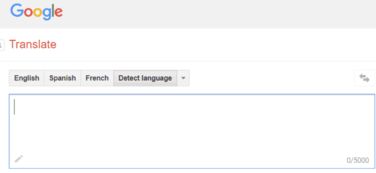Translation is a complex process that involves more than just substituting words from one language to another. It requires a deep understanding of both the source and target languages, as well as the cultural contexts in which they are used. Here's an overview of the translation process:
Before translation begins, the translator must fully understand the text to be translated. This involves reading and analyzing the source text to grasp its meaning, nuances, and intended message.
Translators often encounter unfamiliar terms or concepts that require research. They may consult dictionaries, glossaries, specialized texts, or subject matter experts to ensure accurate translation.
Once the text is understood, the translator breaks it down into manageable segments. They analyze sentence structure, grammar, tone, and style to determine the best way to convey the meaning in the target language.
Using their understanding of both languages, the translator begins translating the text. This involves selecting appropriate words, phrases, and expressions to convey the meaning accurately while maintaining the tone and style of the original text.

After translating a segment, the translator reviews and revises their work to ensure accuracy, clarity, and consistency. They may also compare their translation to the original text to check for errors or discrepancies.
In some cases, a second translator or editor may review the translated text for quality assurance. They provide feedback and suggestions for improvement, which the primary translator incorporates into the final version.
Before finalizing the translation, the text undergoes a final proofreading to catch any remaining errors or typos. This step ensures the quality and professionalism of the translated document.
For translations intended for specific regions or cultures, additional steps may be necessary to adapt the text to local linguistic and cultural conventions. This process, known as localization, ensures that the translation resonates with the target audience.
Once the translation is complete and approved, it is delivered to the client in the desired format. This could be a document, website content, software interface, or any other medium requiring translation.
Translation is not just about converting words from one language to another; it's about conveying meaning, preserving tone and style, and bridging linguistic and cultural gaps. A successful translation requires a combination of linguistic expertise, cultural sensitivity, and attention to detail.
文章已关闭评论!
2025-04-05 05:06:27
2025-04-05 04:48:22
2025-04-05 04:30:15
2025-04-05 04:11:55
2025-04-05 03:53:53
2025-04-05 03:35:37
2025-04-05 03:17:25
2025-04-05 02:59:13